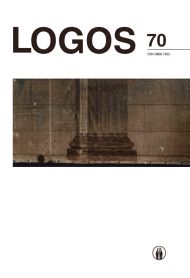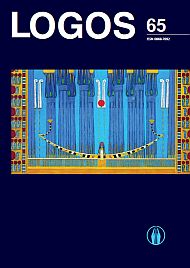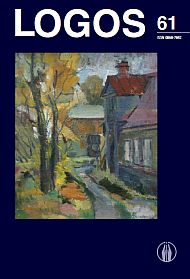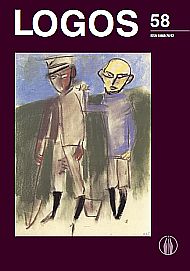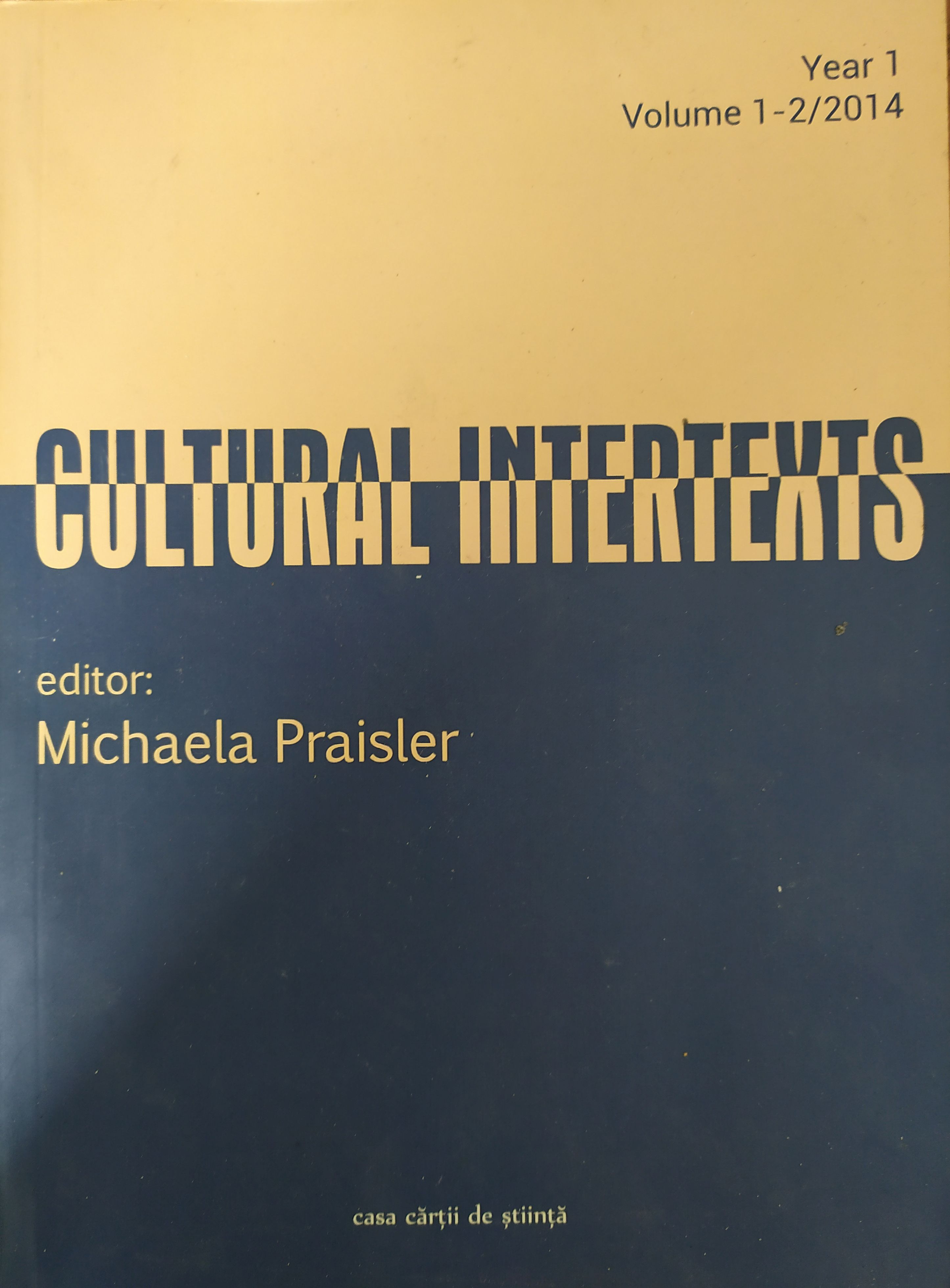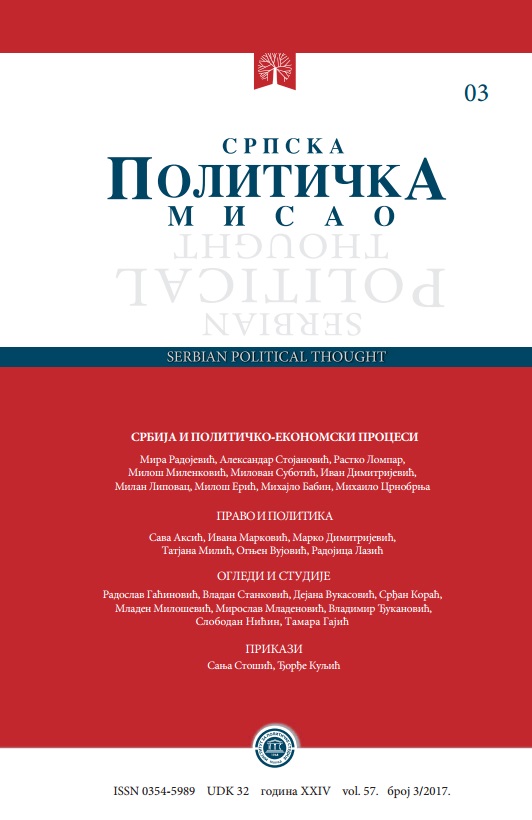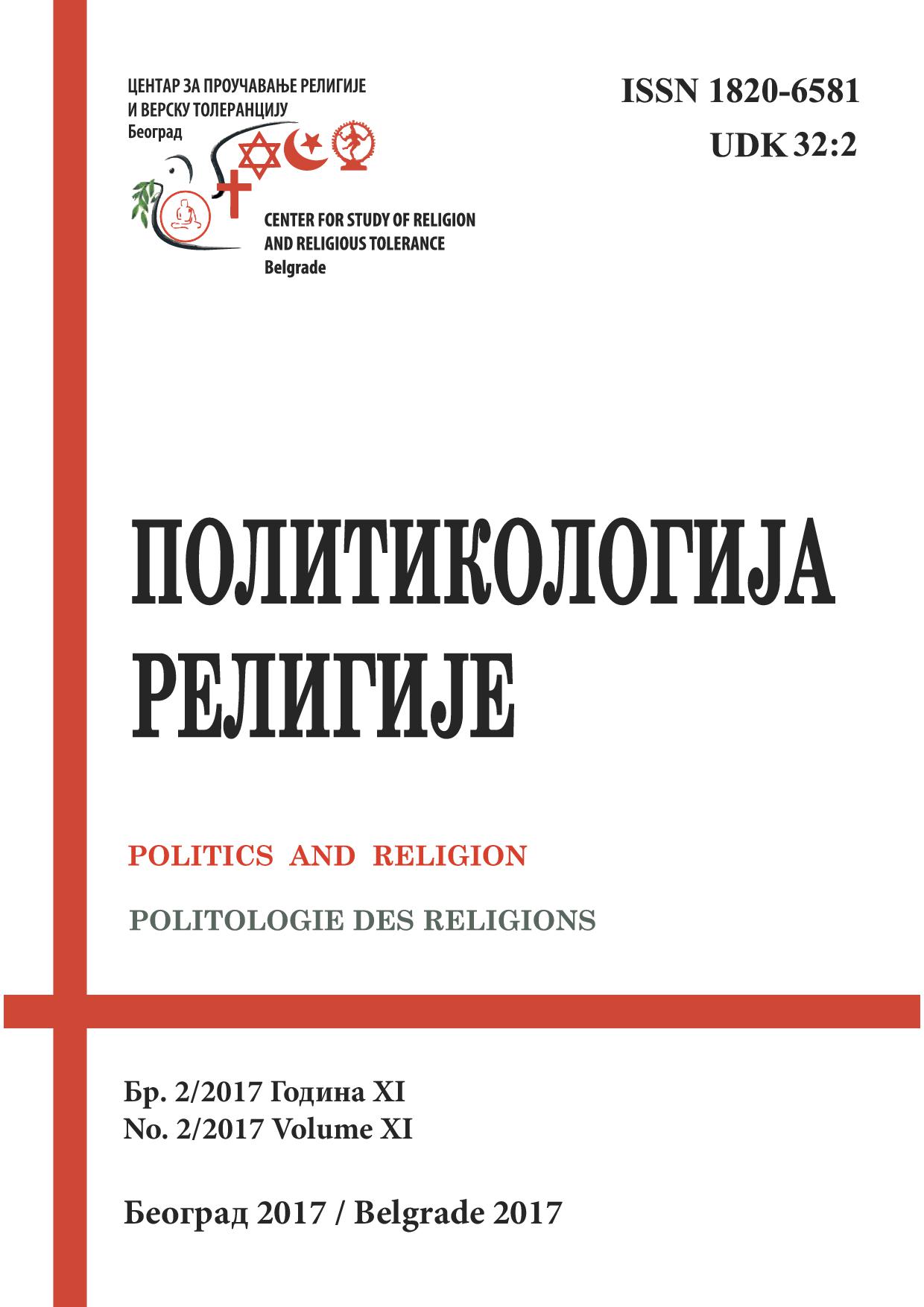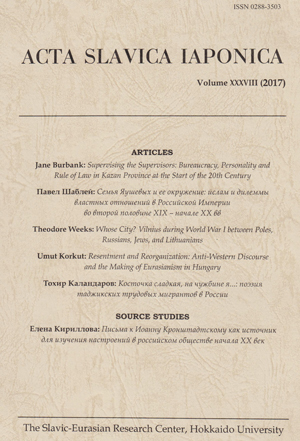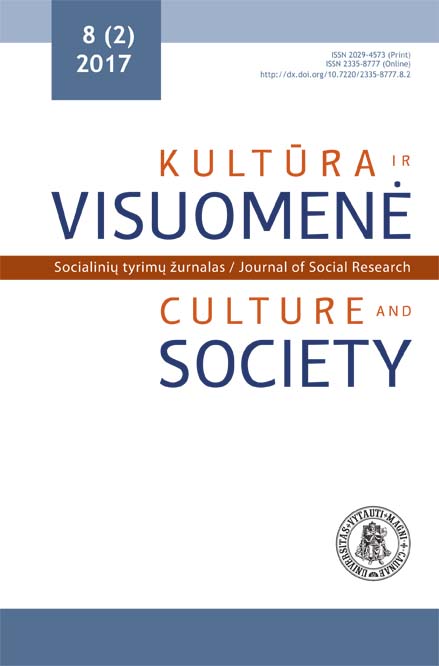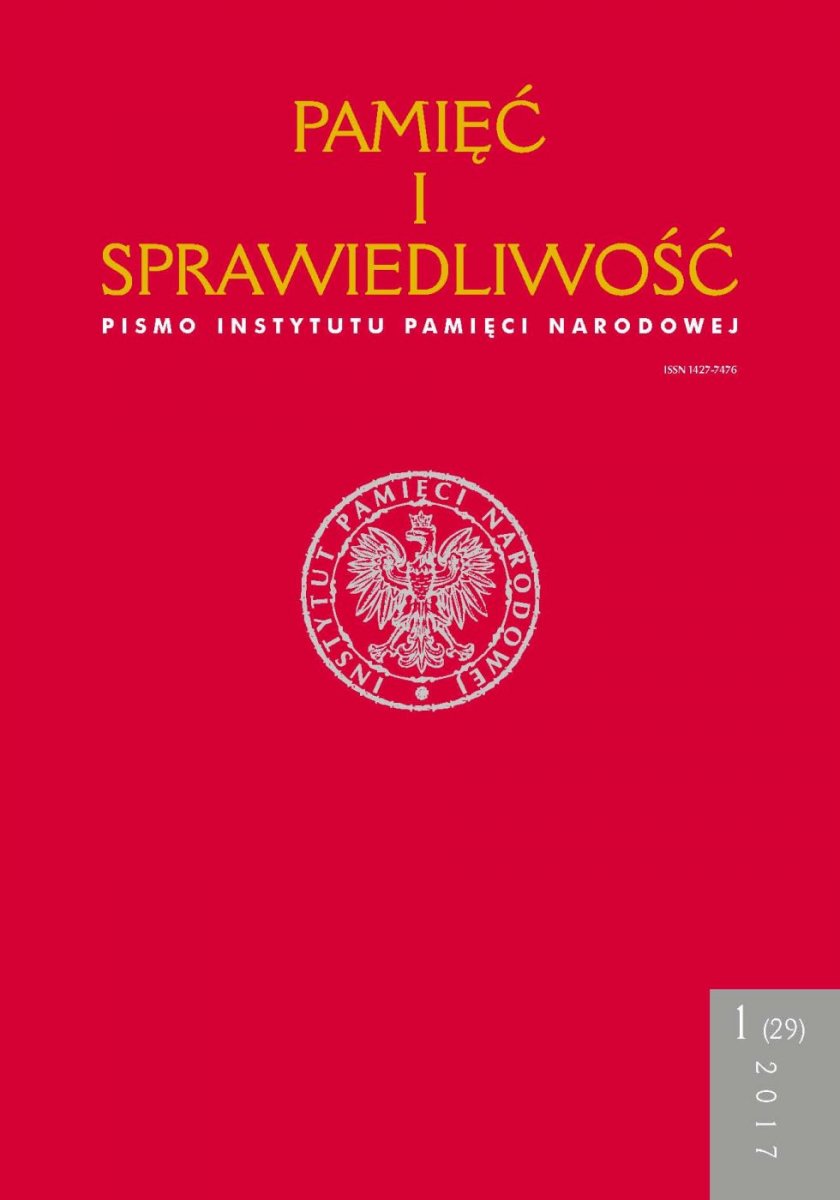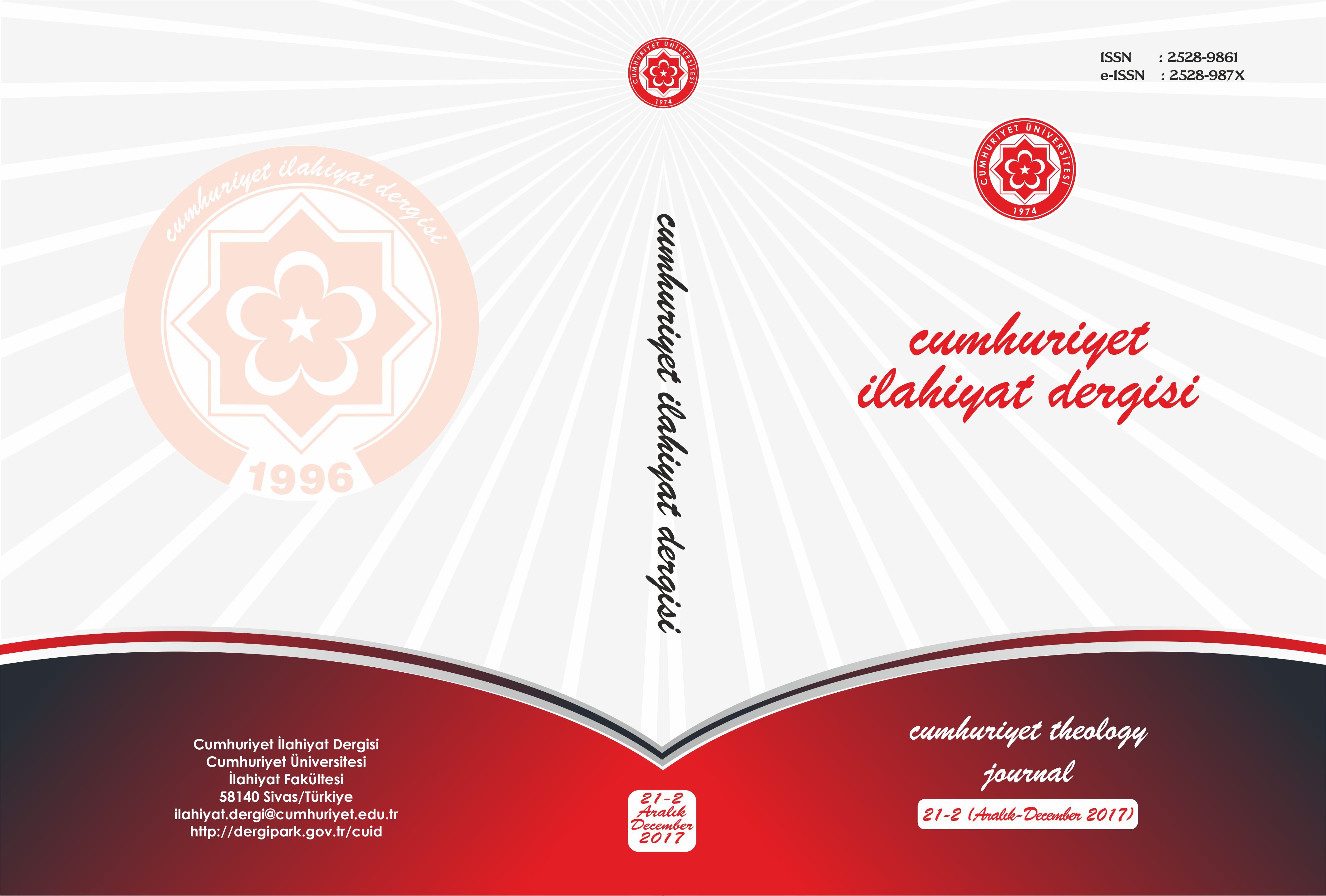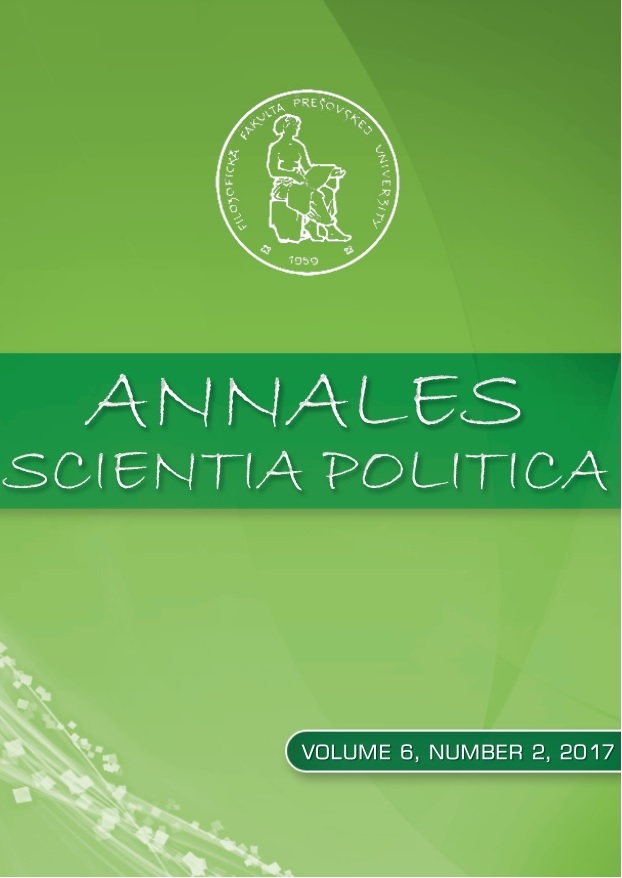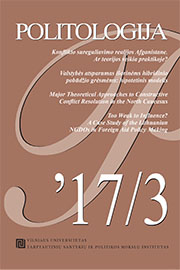Author(s): Mustafa Selim Yılmaz / Language(s): Turkish
Issue: 2/2017
Antisemitism is a versatile and complex concept that has theological, psychological, sociological and political dimensions. This concept is not only related to consider Judaism in all its bearings. But, conversely, it should be apprehended from the antiquity till nowadays within a global context. It is most significant phenomena that must be evaluated to study simultaneously historical process of mutual relations of Judaism, Christianity and Islam which are influential factors for shaping the modern world. It is also say that concepts are living organisms. Therefore, the etymological structure of antisemitism that provide clues to its essence should be considered when interpreting its story. It seems a sensible and methodical way of perceiving that meaning shifts have occurred in some perceptions related to this concept. First and foremost, the aim of this article is trying to make accurate results in the nature of some crucial problems that occupy the global agenda. Summary: Antisemitism is one of the important phenomenon to occupy the global agenda from the past until now. Although this conceptualization coined by Wilhelm Marr in 1879, the formation of anti-Semitic content dates back to ancient times. This concept with its vast background has a variety of dimensions such as theological and political. Maybe the most significant and determining dimension of them is the theological one. When dealing with the developmental process of this concept, it mostly seemed that the basic ideas created on the theological ground of the relationships between God and human beings, have a great effect on that process. The other created dimensions with regard to individual and social experiences play a vital role in the formation of these ideas respectively.It is not possible to disclose certain detailed explanation about antisemitism that has a vast background and history in a short paper. However, it is tried to outline a general and consistent overview of the issue. As to the methodology, it may be expected from the title of the paper that has subheadings reflecting theological and political dimensions of the issue. However, preferring that kind of way is not enough to provide a proper understanding of the aforementioned dimensions. Therefore, the best and correct way is to analyse antisemitism etymologically and evaluate its history chronologically within a constructive reading to elucidate its dimensions properly. It may be perhaps assumed that the nature of the issue has obliged us to prefer an interdisciplinary approach based on theology in order to reach clearer understanding.Antisemitism is commonly defined as the hostility against Jews. It is thought that its conceptual dimension has a network of complex relationships among Jews, Christians and Muslims which sometimes have reconciled, sometimes have conflicted from the past to the present. Accordingly, we need to read between lines about the historical process of these relationships together. Reference to witnessing of history is a necessity to provide a deep insight into the roots of antisemitism, in a sense. First and foremost, the production of concepts is the most significant thing in terms of being involved with world public opinion. Considering closely to the concept of antisemitism, it seems that it is produced by western thought. Actually, this concept is a consequence of a long-term endeavour to define the “other”, which is being mixed up with him/her from the past to the present. For this viewpoint, it is generally accepted that the other has a negative image. The formation process of this negative image can be seen in evaluating the historical context.Antisemitism is derived from shemite (sâmî) by the addition of the prefix of anti to this term. Perhaps the most striking aspect of the term is that point. With reference to this example of the approach of derivation, it may be perhaps assumed that western thought takes the origins of people into consideration when identifying religious and cultural differences. Shemite is used as an umbrella term that encompasses Middle Eastern peoples who speak languages in close proximity such as Akkadian, Babylonian, Aramaic, Hebrew and Arabic. There is an emphasis on shemitic origin due to Jewish people descended from Shem. Nevertheless, in the modern times, the others are excluded from the content of the term and it is only used to define the hostility against Jews. However, the historical experience as well as the root meaning of the term shows the opposite. The important milestone in this regard is the completion of Islam by Muhammad, the Messenger of God. The western imagination was struck all of a heap by the very rapid spread of Islam over the ancient lands of Christendom. Based upon some common points between Judaism and Islam, both of Jews and Muslims are perceived by this imagination as common enemies. It is also regarded that Jews as internal and Muslims as external enemies are jointly collaborating. The Crusades between 1095 and 1291 were the most significant proof of this imagination. Therefore, after the Prophet Muhammad, anti-Islamism as well as the hostility against Jews has laid inseparably behind the origins of antisemitism.When dealing with history, initially, it may be perhaps assumed that the Greek invasion of Asia started with Alexander the Great was one of the most important milestones in the formation of anti-Semitic content, even though this content dates back to the Mosaic Period. Thus, the struggle between Greek and Jewish cultures had begun, later, and antisemitism deeply rooted by Rome, the heir of Greek culture and hereupon there was at the dawn of another milestone for the history of that concept. In the beginning, Christianity was seen as a reform movement within Judaism, but later it was begun to be transformed into a religion harmonized with pagan elements by the interpretation of the Apostle Paul. On the other hand, Judaic Christianity disappeared by reason of the fall of the Second Temple, and after Constantine the Great, Greek Christianity was the prominent instead of the Judaic one. The anti-Semitic inherited stereotype and prejudice from the past was sustained and deepened by this sort of religious understanding. And finally, Jews were perceived as guilty for the crucifixion of Jesus and stigmatized as deicide. Moreover, Jews were accepted by Augustinian doctrine of tolerance that they are strayers from the grace of God, and hence were unsuccessful to be chosen people, and were a community allowed to live as a cautionary lesson. This viewpoint has become the source of core characteristic and structure of antisemitism until modern times.After the Prophet Muhammad, Jews were provided with more comfortable living space than Christendom due to Muslims had really invented high civilization. As known, Muslims as well as Jews, also suffered from antisemitism. Certainly, one of the most cautionary example of this experience was the Crusades. Large masses of Jews had to relive in Christendom along with the Crusades and the Christian Reconquista in Spain. At this period, the anti-Semitic perception reached to more complex and chronic point in western thought. Consequently, Jews had been stigmatized as society’s scapegoats responsible for every disaster and condemned to discrimination and usury and forced to live in ghettos.The failure of the Crusades resulted in questioning of the Roman Catholic Church and it led up to the Reformation and the Age of Enlightenment. It was totally impossible for this questioning to isolate itself from that accepting ecclesiastical intolerance rooted in Judaism, although it sympathized with Jews as victims of the Christian Persecution. In the time following the transition process of the traditional nationalism to the contemporary nationalism in consequence of the French and American revolutions, in general, Jews were tolerated and accepted as long as they adopted the values within the societies which they lived together, and they were exploited by the governments. The Jewish Enlightenment, or in other words the Haskalah, had a great effect upon this occasion. The Haskalah was also adversely affected by the aforementioned process, although was criticized by the Hasidic Judaism. Along with the causes that led up to World Wars, it evolved into Zionism which favoured the create Jewish homeland in Palestine. Anti-Semitic pogroms such as in Odessa and Dreyfus Affair in 1894 (the unjust accusation of treason against the Jewish Colonel Alfred Dreyfus) played a substantial role in that conjuncture. Consequently, hopes for the peaceful coexistence were dispelled.In the twentieth century, Jews were again scapegoated as being the cause of the great depression throughout Europe and antisemitism reached its peak during Adolf Hitler’s Nazi regime. The result of the persecution by Nazi regime, namely the horror of the Holocaust was condemned by western public opinion and this condemnation was a sort of the extraction of confession for the past. Very unfortunately, it was not totally able to achieve consequences by this condemnation, moreover, contrary to popular opinion, this chronic problem was pushed by the establishment of the state of Israel into the arms of Muslims who were another victim suffered from antisemitism. Conceptually, antisemitism is defined as the hostility against Jews and excluded from the hatred against Islam. The terms such as Islamophobia are created to express that hatred and finally, Arabs and Muslims are declared as new representatives of antisemitism, thereby being exploited via their great depression and victimization throughout the last three centuries. Zionism which resulted in a historical victimization has created another victimization depending on the support of the global powers and has totally benefited from antisemitism.
More...

